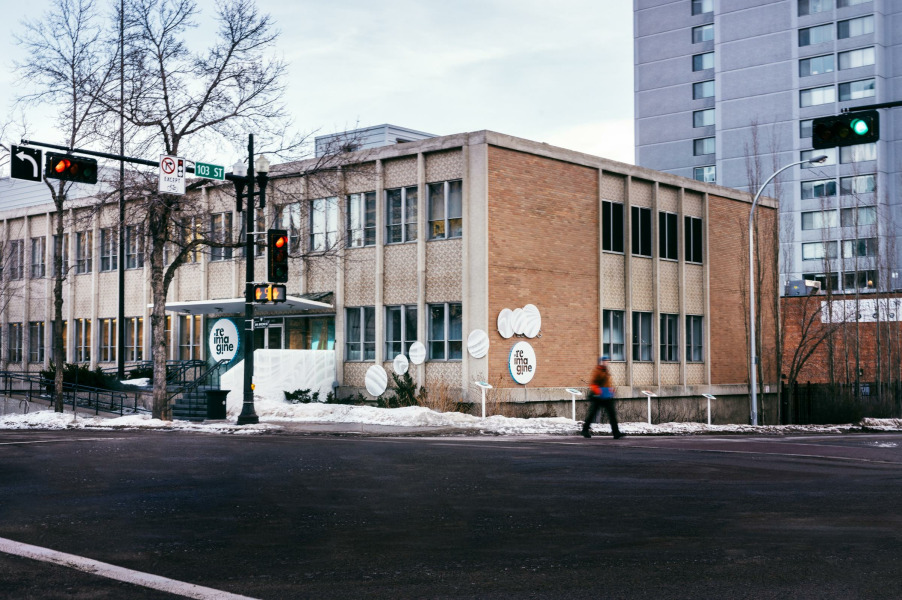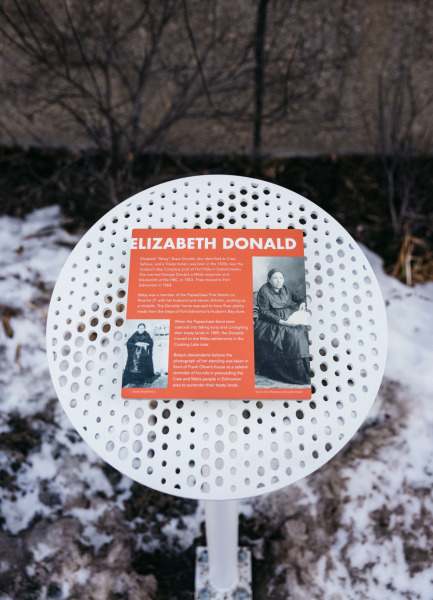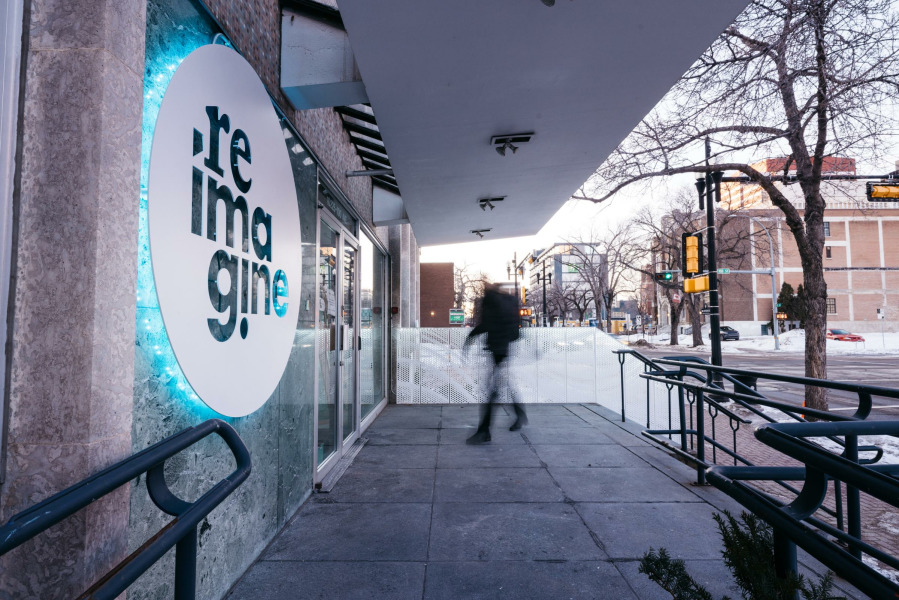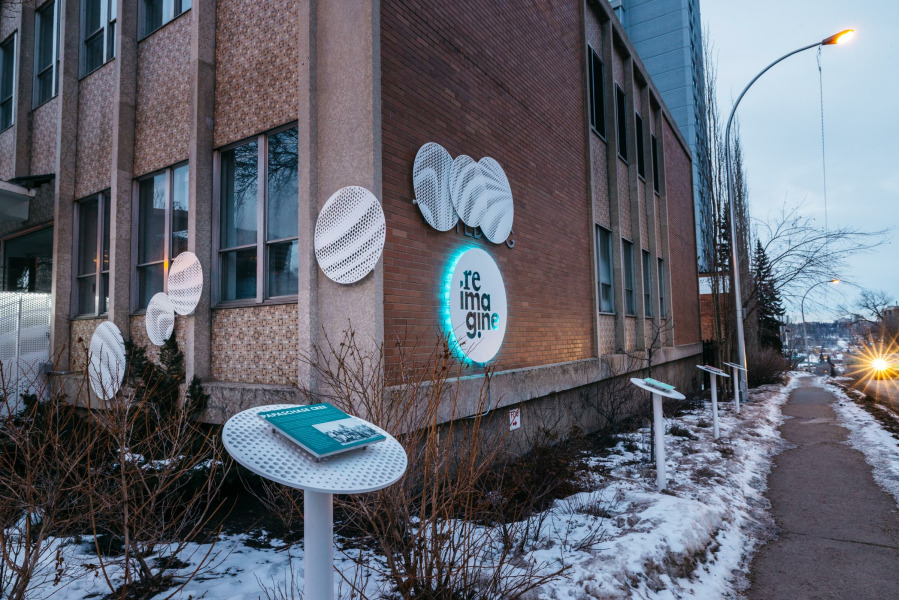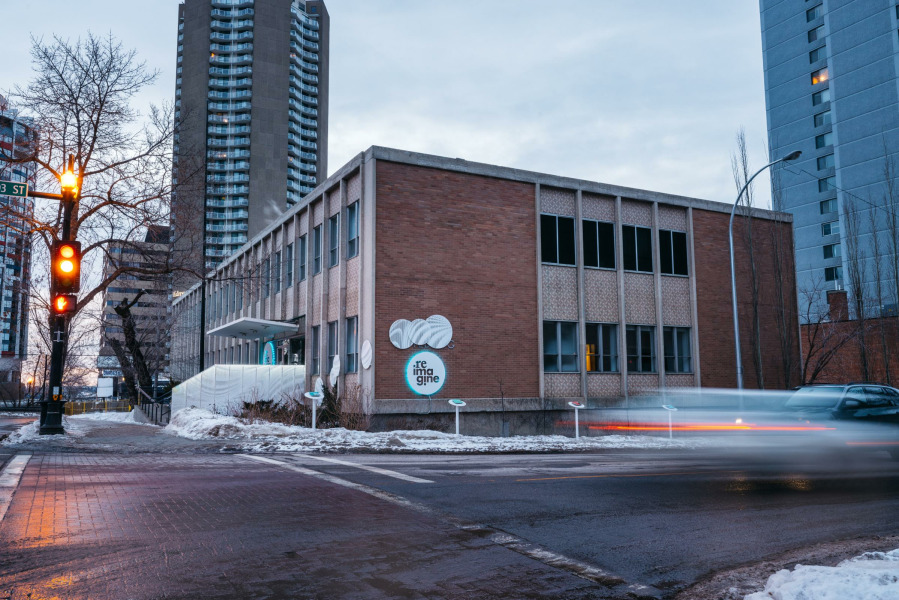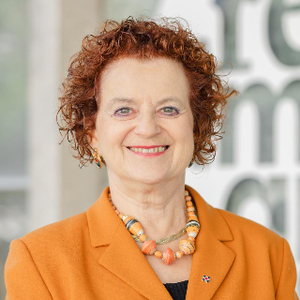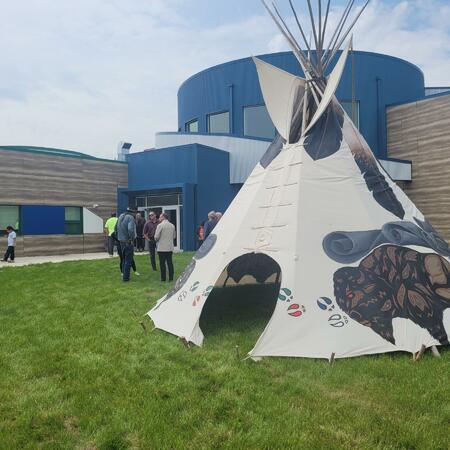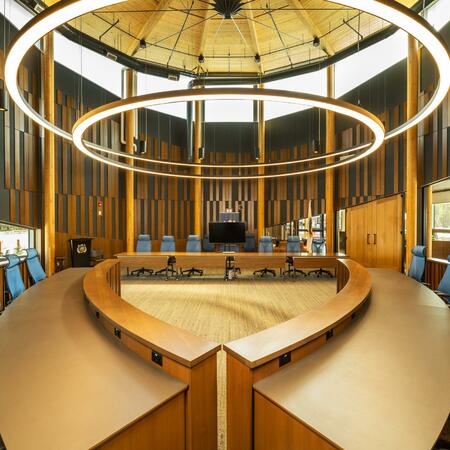HISTORY
When the federal government opened a new building at 10225 100 Avenue in 1958, they named it after Frank Oliver as a “living testimony” to his life’s work. Over 60 years later, we know Frank Oliver’s legacy to be deeply traumatic to many people, especially Indigenous peoples who are affected by his policies to this day. We have long known of Oliver's destructive legacy, and we had grappled for many years with what to do about our building's name, until the summer of 2020 when social change took centre stage.
The year 2020 marked the beginning of the COVID-19 pandemic and a time of reckoning for the continued trauma against Black and Indigenous communities. Around the world, Black and Indigenous people voiced their concerns with monuments in our cities that celebrated racist people, and here in Edmonton, a movement was borne to remove Frank Oliver's name from neighbourhoods, shopping centres, parks, and buildings.
VISION
Reimagine’s work with Indigenous peoples over the decades has taught us that we should always design with the communities we are honouring. Our hallmark engagement practice was first began in our early work with Indigenous communities. In our work, we realize that the most ideal designs always emerge from a spirit of collaboration and inclusivity, where everyone’s voices are heard and curiosity and openness are encouraged. With this, in the summer of 2020 we launched a collaborative design competition that would include voices of our diverse Reimagine staff team sharing ideas on denaming the former "Oliver Building." The designs were judged by an intersectional panel including Jodi Calahoo-Stonehouse of Michel First Nation, MLA David Shepherd, Architect Sam Oboh, and Designer Wei Yew.
The panel selected a combination of two designs that would include an outdoor exhibit illuminating the history of the site on which our building exists.
DESIGNING, DENAMING
The front garden at the southeast corner of our building, marking the intersection of 100 Avenue and 103 Street, features a white metal handrail at the stairs with perforations suggesting a snowdrift and allowing LED lighting to glow from within. We engaged Hydrosion Design and SWAT Contractors to water-jet-cut circular bubbles using a similar perforated snowdrift pattern to "bubble up" or drift from the handrail onto the building facade, wrapping around the corner of the building and covering the "OLIVER BUILDING" letters on the east building face. These letters had been installed at the building's construction in 1956 using a typical serif typeface used on many buildings of the mid-century era, expressing the desire at the time to celebrate Frank Oliver's legacy. By covering the letters, but revealing the mid-century typeface below, we were able to "dename" the building but retain a design element from the building's original construction. On ground level, we installed four pedestal signs that also used the circular perforated forms, with plaques raised an inch above the face of the perforated circle. These plaques include text illuminating the history through four stories:
- Frank Oliver, whose house was on this site prior to the current building
- 10225 100 Avenue, the site on which our building rests, which has had several inhabitants over the years
- Papaschase Cree, who had a reserve from the south side of the river nearby and who had been coerced out of their land by Frank Oliver
- Elizabeth Brass Donald, a member of the Papaschase Cree who was photographed standing defiantly in front of Frank Oliver's house
We developed these plaques in consultation with Dwayne Donald, a descendant of Elizabeth Brass Donald, and we sourced photographs from Dwayne Donald as well as the City of Edmonton Archives and Library & Archives Canada. Now, when passersby walk along the sidewalk along 103 Street, they can learn more about the legacy of our site and our building, 10225 100 Avenue.

